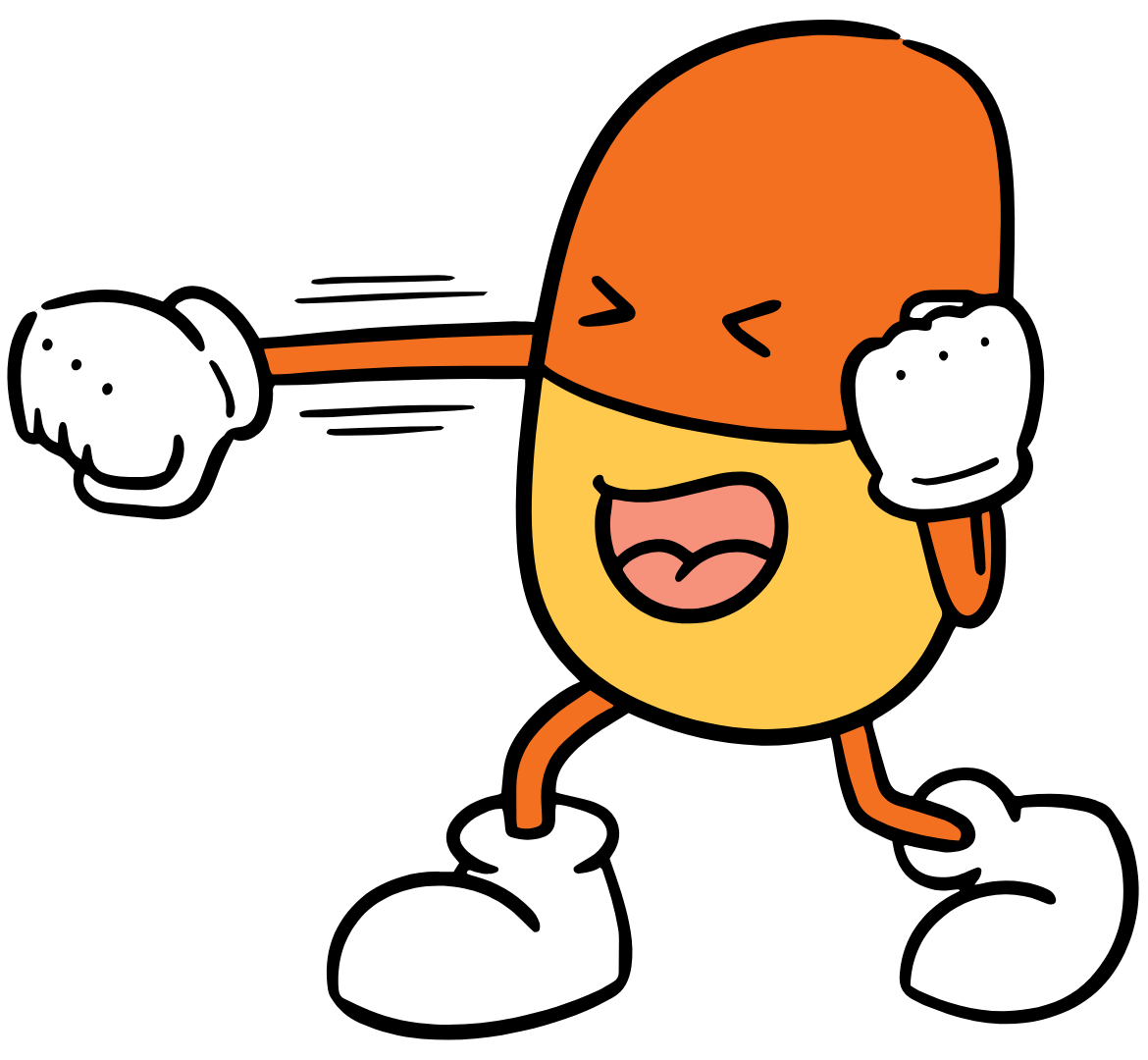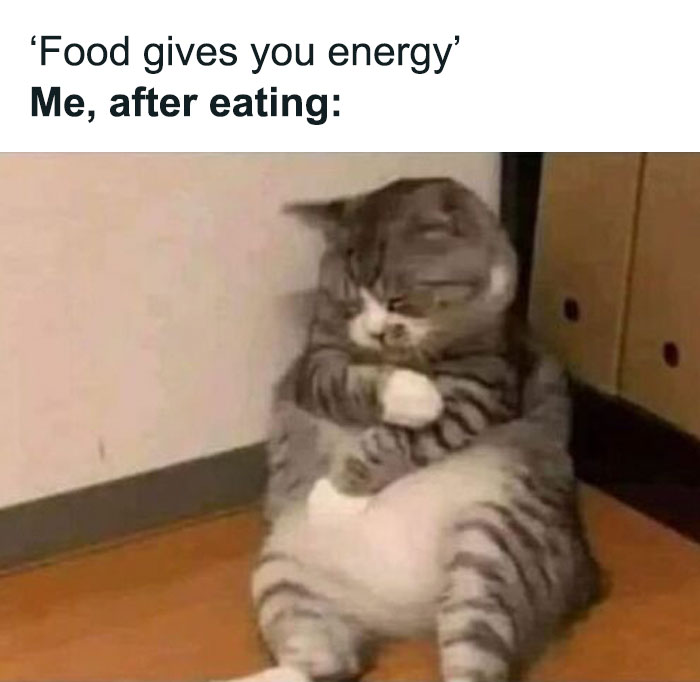How to Make a Food Web (Step-by-Step)
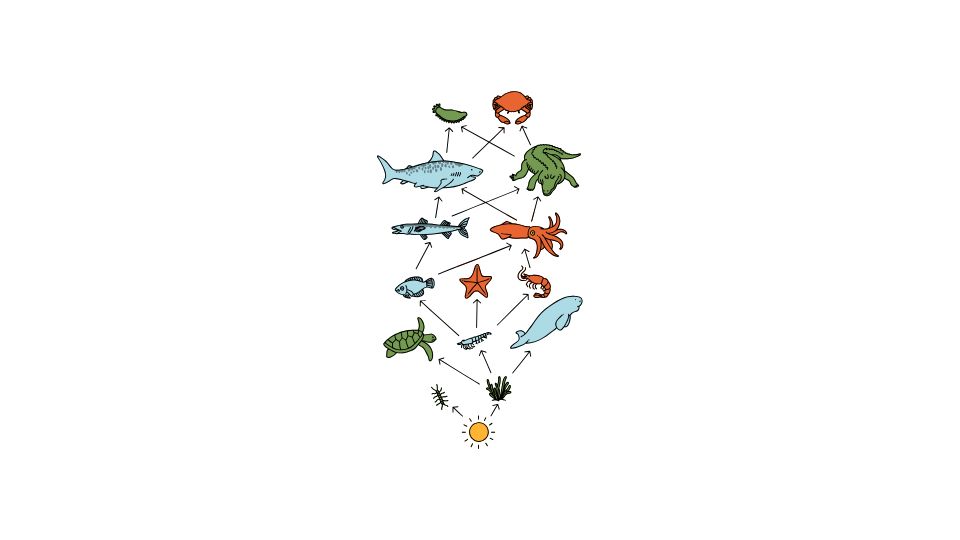
Ever wondered what happens if you remove wolves from a forest? Or what would occur if a disease wiped out all the bees? Understanding food webs helps answer these questions by showing how everything in nature is connected through what eats what.
Let’s break down how to create a food web that’ll impress your science teacher (or just satisfy your inner ecology nerd).
How to Create a Food Web (That Actually Makes Sense)
Making a food web isn’t just about drawing random animals and connecting them with arrows. It’s about telling the story of energy flow through an ecosystem – from sunlight to apex predators and everything in between.
Part 1: Food Web Basics
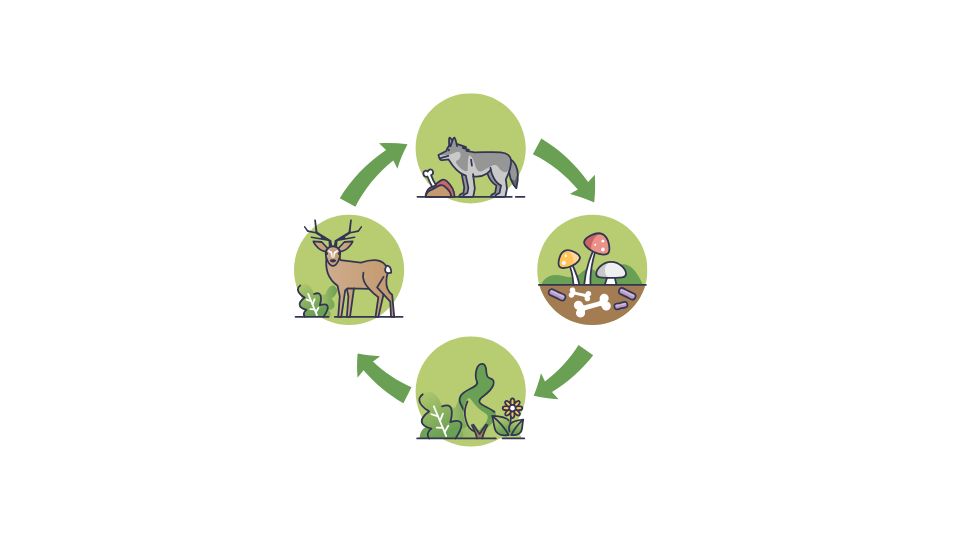
Before diving in, let’s get our terminology straight:
Food chain = A simple, linear path showing who eats whom (like: grass → rabbit → fox)
Food web = Multiple interconnected food chains that show all the feeding relationships in an ecosystem (much more realistic)
In every food web, organisms fall into one of these roles:
- Producers – Make their own food using sunlight (like plants) or chemicals (like some bacteria)
- Consumers – Can’t make their own food, so they eat other organisms
- Primary consumers (herbivores) – Plant eaters
- Secondary consumers (carnivores) – Eat herbivores
- Tertiary consumers (top predators) – Eat other carnivores
- Decomposers – Nature’s recyclers that break down dead stuff (fungi, bacteria, worms)
Part 2: Building Your Food Web
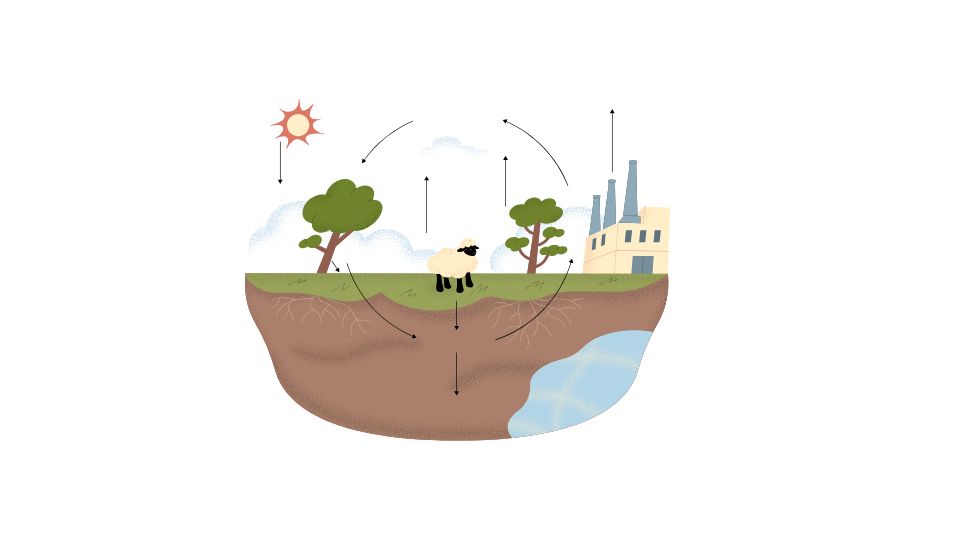
Step 1: Choose Your Ecosystem & Research
Pick an ecosystem that interests you – forest, pond, ocean, desert, whatever floats your ecological boat! Then:
- Research what plants and producers live there
- Find out what animals inhabit the area
- Learn about their diets and feeding habits
- Don’t forget the decomposers! (Everyone always forgets these guys)
Research tip: The National Wildlife Federation has great resources on different ecosystems and the critters that live in them.
Step 2: Organize by Trophic Levels
Think of your food web like a pyramid with different floors:
- Bottom floor: Producers (plants, algae)
- Second floor: Primary consumers (herbivores)
- Third floor: Secondary consumers (carnivores eating herbivores)
- Top floors: Tertiary consumers (top predators)
- Working throughout the building: Decomposers
This arrangement helps show how energy flows upward through the ecosystem from the sun → plants → herbivores → carnivores.
Step 3: Draw Your Web
Now for the fun part – creating the actual diagram! You can do this by hand or use digital tools.
If drawing by hand:
- Place producers at the bottom of your page
- Add primary consumers above them
- Put secondary consumers next
- Top with tertiary consumers
- Add decomposers where appropriate
- Draw arrows showing who eats whom (arrow points FROM food TO eater)
Using technology? Try Canva or Lucidchart for clean, professional-looking diagrams.
Important: Arrows show the direction of energy flow! They point FROM the organism being eaten TO the eater. (Getting this backward is the #1 food web mistake)
Part 3: Making Your Food Web Awesome
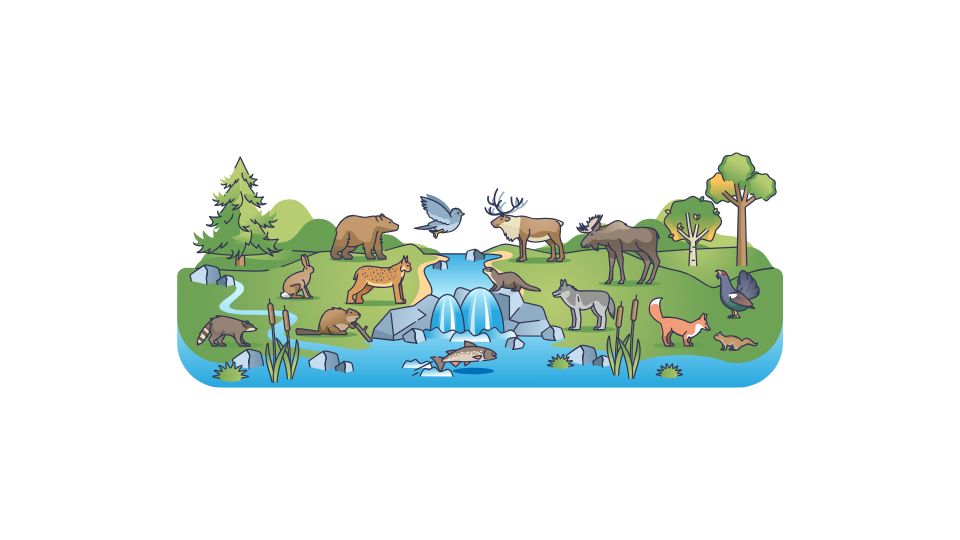
Add Complexity (Like Real Ecosystems)
Real ecosystems are messy! Make sure your food web shows that:
- Most consumers eat multiple things (a fox doesn’t just eat rabbits)
- Most organisms are eaten by multiple predators
- Some animals change diets seasonally or as they grow
- Omnivores eat both plants and animals
- Decomposers connect to everything that dies
The Encyclopedia of Life provides detailed information on species diets if you need to check who eats what.
Don’t Forget the Details
For extra credit (literally or figuratively):
- Label each organism with both common and scientific names
- Color-code different trophic levels
- Include population estimates if available
- Add notes about endangered species in your web
- Show seasonal changes if relevant
Common Mistakes to Avoid
- Forgetting decomposers (they’re crucial!)
- Getting arrow directions backward (should point toward the eater)
- Making it too simple (most ecosystems have tons of connections)
- Ignoring microorganisms (they’re often key players)
- Leaving out humans (we impact most ecosystems)
Part 4: Using Your Food Web
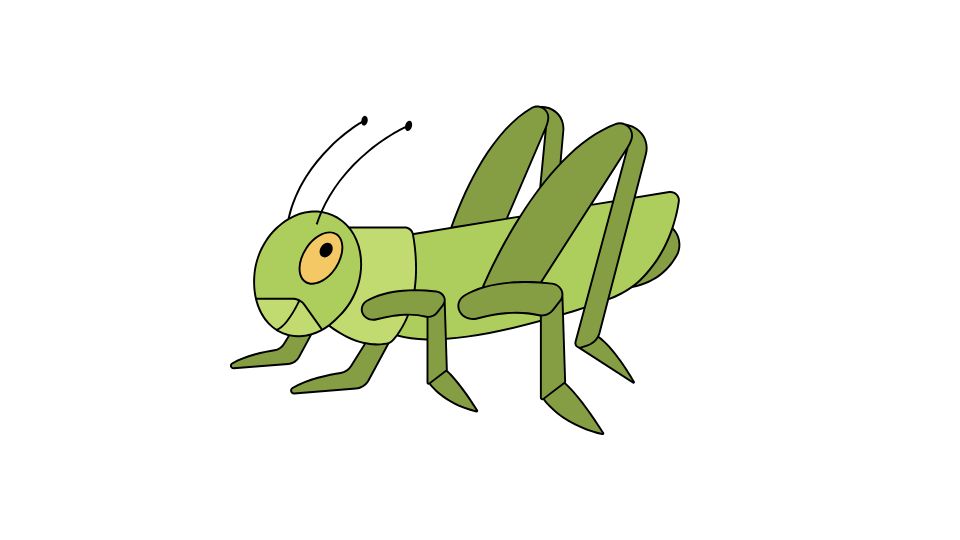
Once you’ve created your masterpiece, you can use it to understand some fascinating ecological concepts:
- What happens if one species disappears? (Trace the impacts!)
- How do invasive species disrupt the web?
- How energy decreases as you move up trophic levels (only about 10% transfers up each level)
- Why apex predators are so important for ecosystem health
According to research from Stanford University, removing top predators can trigger what’s called a “trophic cascade” – causing unexpected changes throughout the entire ecosystem.
Remember, a good food web isn’t just a school assignment – it’s a tool that helps us understand how ecosystems function and why every species matters.
So next time you’re walking through nature, try to spot those feeding relationships all around you. That bird eating a worm? That deer munching leaves? You’re witnessing the food web in action!
